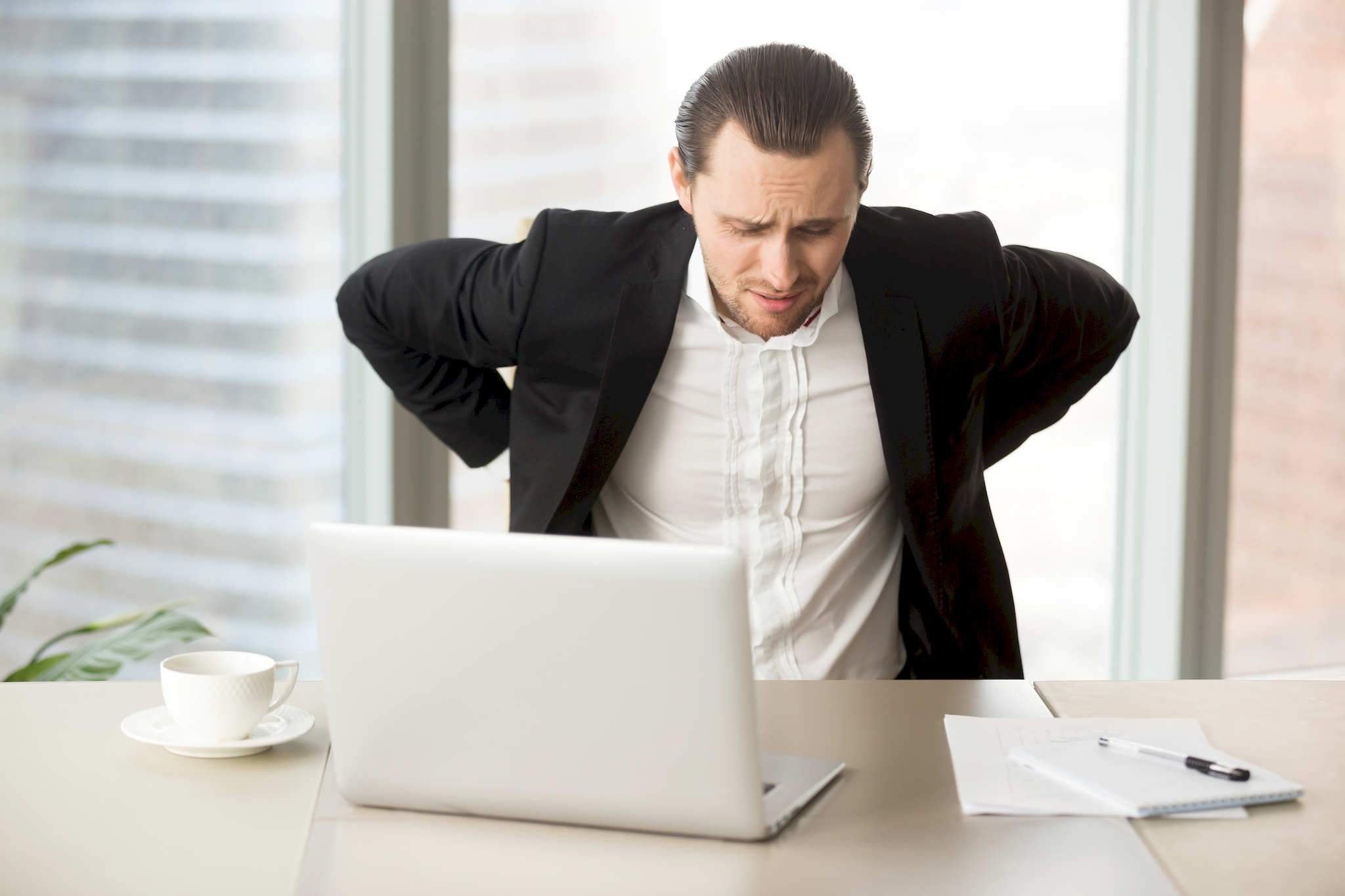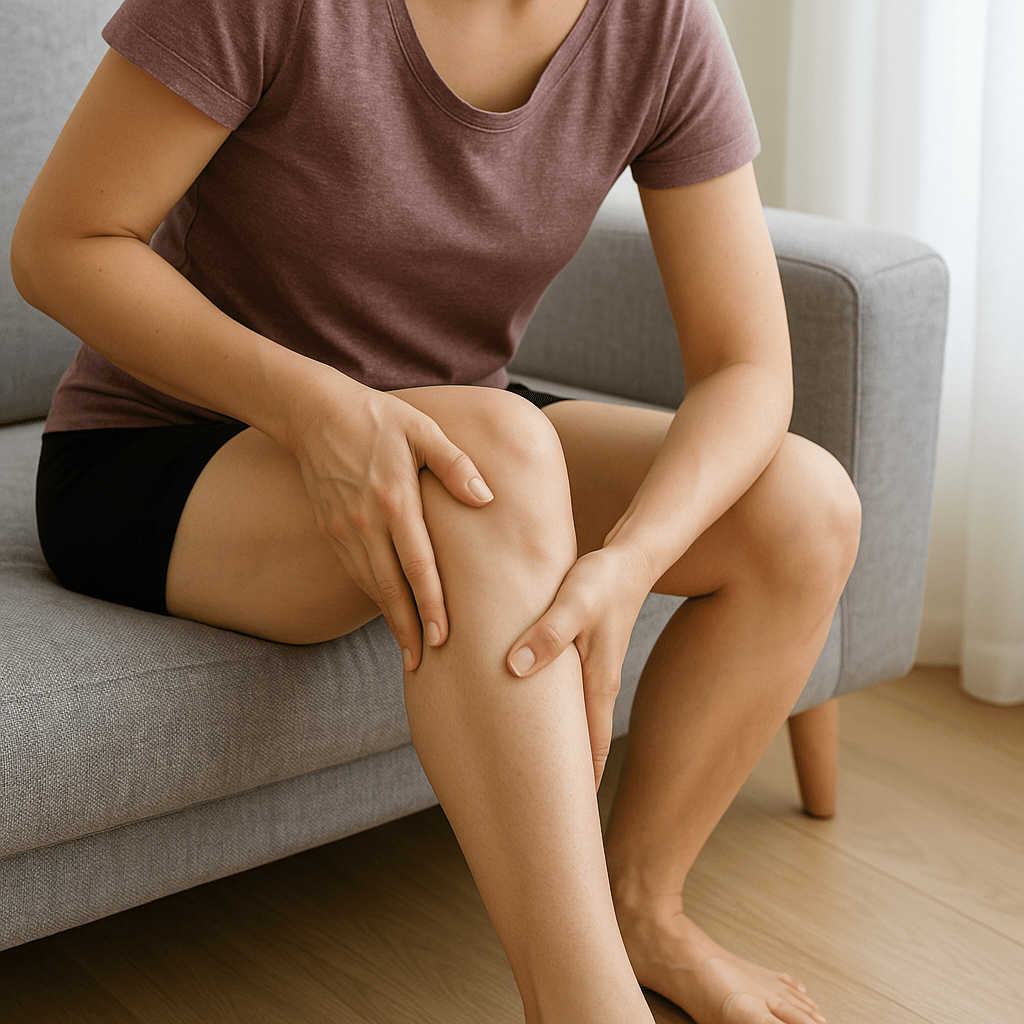Why not only employees benefit from massages at work
The success of a company is also partly dependent on its employees. That's why more and more company bosses are attaching great importance to the health and well-being of their employees. The better they are, the better they perform and the more motivated they are. They also feel valued and noticed. A good way to combat mental fatigue, tension and loss of energy is through massages. They reduce harmful effects caused mainly by stress. The advantages of a massage in the company are on (and in) the hand The promotion and maintenance of the health of the staff are becoming more and more important. Because they are the foundation...


The success of a company is also partly dependent on its employees. That's why more and more company bosses are attaching great importance to the health and well-being of their employees. The better they are, the better they perform and the more motivated they are. They also feel valued and noticed. A good way to combat mental fatigue, tension and loss of energy is through massages. They reduce harmful effects caused primarily by stress.
The advantages of a massage in the company are on (and in) the hand
Promoting and maintaining the health of staff is becoming increasingly important. After all, they are the foundation of every company. In order to be able to take suitable precautions for this and derive measures, one should first filter out the factors that endanger health. In the first place, there is a serious opponent: stress! This is fed by time pressure, immense workload, environmental factors such as noise, poor posture, prolonged work at a screen and sometimes disharmony among the workforce. You can't always escape stress, whether it's provoked from the outside or you put yourself under pressure due to high demands. Physically, stress is most noticeable through symptoms such as tension, headaches, difficulty concentrating, lack of energy, rapid fatigue and general malaise. These in turn impair the productivity and performance of employees.
How could stress be prevented or reduced? Massages have more than proven their worth, and not only in alternative medicine. Instinctively, after a long, tiring day at work, people long for relaxation and rest. During a massage, muscles and tensions can be loosened. If the body is relaxed, this also transfers to the inner well-being. Almost as if the physical as well as mental pressure is taken from one and massaged away. The body is able to break down the bad energies and is stimulated by the therapeutic kneading to release positive energy. The motivation through the small energy booster at work increases as well as the performance of the employee.
At the same time, the employee is grateful for this service provided by the employer. On the one hand, this strengthens the bond between the workforce and the company, and on the other, it enhances the reputation of the management. An extremely positive side effect of health promotion is the reduction in sick leave and absenteeism, which also increases production for the company.
The introduction of massage in the workplace and its history
The idea of bringing in massages to promote the health of a company's employees was the brainchild of massage therapist David Palmer, and in the 1980s it fell on receptive ears at large corporations such as Apple. Palmer specialized in Amma massages. This therapeutic and traditional type of massage originates from Japan and primarily relieves tension in the neck, shoulders and back, the most commonly affected areas. The causes are mainly work-related stress, harmful posture and physical strain. Palmer was able to successfully introduce the Amma massage in the professional environment due to the obvious benefits and thanks to his powers of persuasion.
What options do companies have?
There are several ways to implement the massage service for employees. Among other things, the choice depends on the type of business, working hours, environment and spatial conditions.
We would like to present four relatively universal methods in more detail:
Company masseur/masseuse:
- More often than not, companies spare neither effort nor expense to provide employees with a soothing massage. They hire a therapist and set up a suitable massage room so that employees can keep an appointment quite flexibly and also visit the masseur for acute complaints.
Massage chair:
- At airports, in shopping malls or even at the hairdresser's you discover them more and more often: the massage chairs. Companies have also become aware of them and have set up the chairs so that employees can loosen up their tensions. Providing this service requires little preparation and there are no permanent fixed costs. So employees and companies alike benefit from the arts of mechanical therapists.
Mobile massage:
- The company contracts a local therapy center that offers a mobile service. The therapists then come to the company at regular intervals and offer their massages there. For reasons of space, these are usually massages on special seats/chairs or portable massage beds and massage mats. However, some companies also have relaxation rooms, which are equipped with couches or other useful equipment.
Stationary massage:
- The companies negotiate special conditions or framework agreements with local therapy centers so that employees can make use of the massage service in the cooperative practice.
What massage techniques are particularly suitable in the workplace?
Offering massages for employees is a measure that pays off in the long run. In everyday working life, a short neck massage can have a vitalizing effect. It is important to remember that the application should be primarily effective without putting the employee under additional time pressure. For example, for an Amma sitting massage, undressing is not necessary, as it is mainly applied for complaints on the upper body and the back. Of course, the Amma massage or the popular Shiatsu massage can also be done lying down, if circumstances permit. There is frequent demand from staff for head, foot reflexology as well as hand massages, depending on which parts of the body are particularly stressed.
Amma massage:
Translated from Japanese, this method means "soothe with hands". Basically, it is a therapeutic acupressure method designed to help the human body regenerate and reduce restlessness, mostly caused by stress. By stimulating the points along the meridians (pathways), the energetic flow should be stimulated, i.e. the reduction of negative energy and the release of positive energy. Even a treatment of about 15 minutes is sufficient for this. This can be easily incorporated into the working day. During the Amma massage the customer kneels on a special massage chair and keeps his clothes on. The therapist now massages special points located on the back, neck, upper arms, hands, hips and head, stimulating the flow of energy.
Shiatsu massage:
This massage method also comes from Japan and can be translated as "finger pressure". The therapist also uses the elbows, knees and feet. Shiatsu massage is all about slowing down! And that's exactly what you need in a hectic working day. A physical and mental "coming to rest", shutting down and calming down. For the massage, the customer lies down on a soft mat or a lounger and can remain clothed. The masseur first feels the client's abdomen with very light pressure. This tells him where the energy flow is blocked and where treatment is particularly necessary. The massage can also include gymnastic elements in which the client always remains passive and is moved by the therapist.
Reading tip: In our blog post we have collected in-depth information about Shiatsu massage, its background and procedure.
Massage service in the office - What to consider?
In order not to cause unwanted "side effects" of massage therapy, some factors should be taken into account:
physical fitness:
Massages affect the respiratory, circulatory and musculoskeletal systems. Therefore, the employee should definitely know if there could be possible contraindications. He should be in good health.
Openness:
It is important that the employee can relax. Massaging alone cannot relieve the tension. The employee should also be able to mentally engage in the therapy. This requires trust in the masseur as well as the treatment. Massages are only successful holistically, i.e. only if body and mind are stimulated equally.

Co-founder and Managing Director of Massage Chair World. With his expert knowledge and industry expertise, he helps private individuals and companies to find the right massage chairs for relaxation, health and vitality. The individual expert advice is provided both by telephone or video chat, as well as in the exhibition outside Stuttgart.




